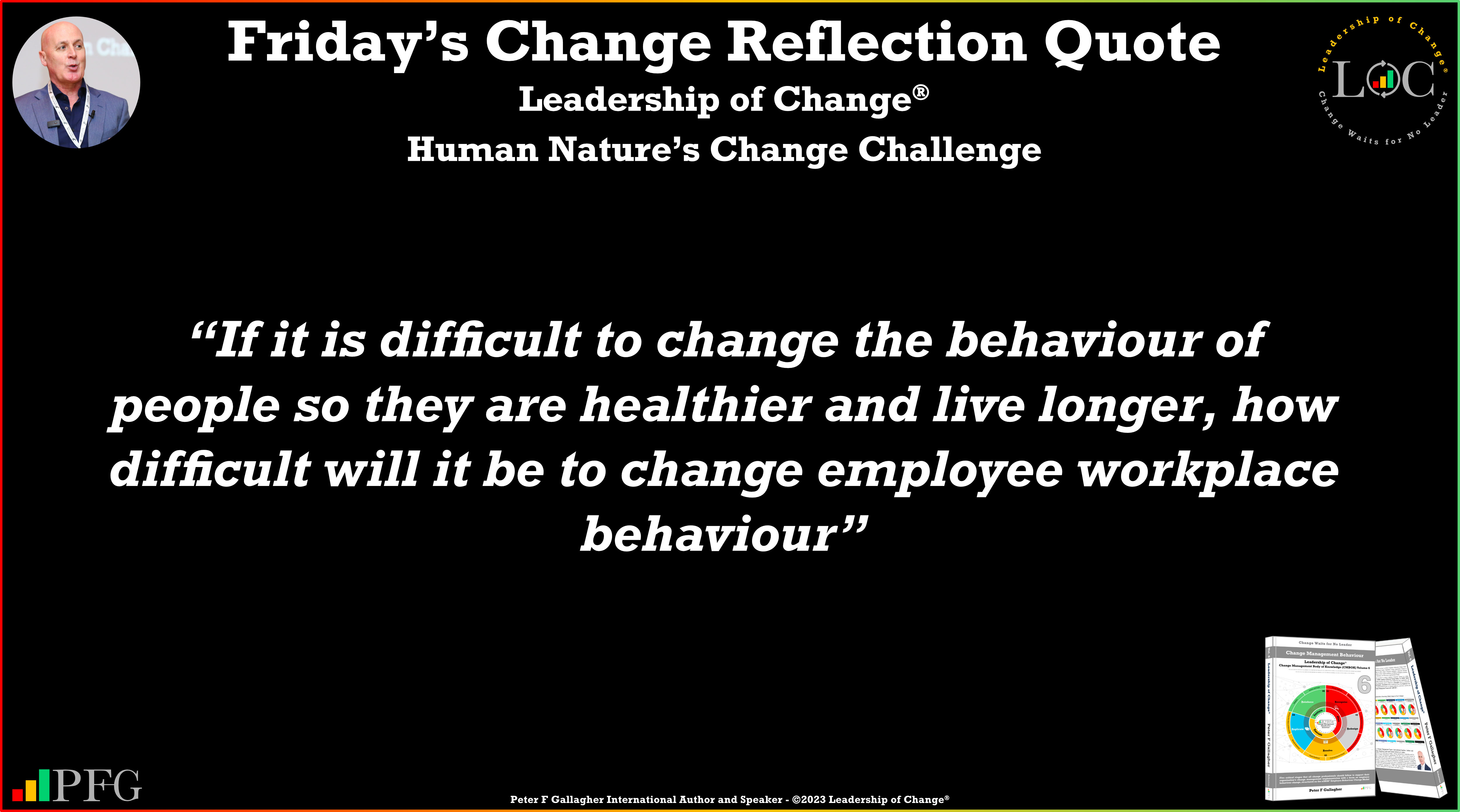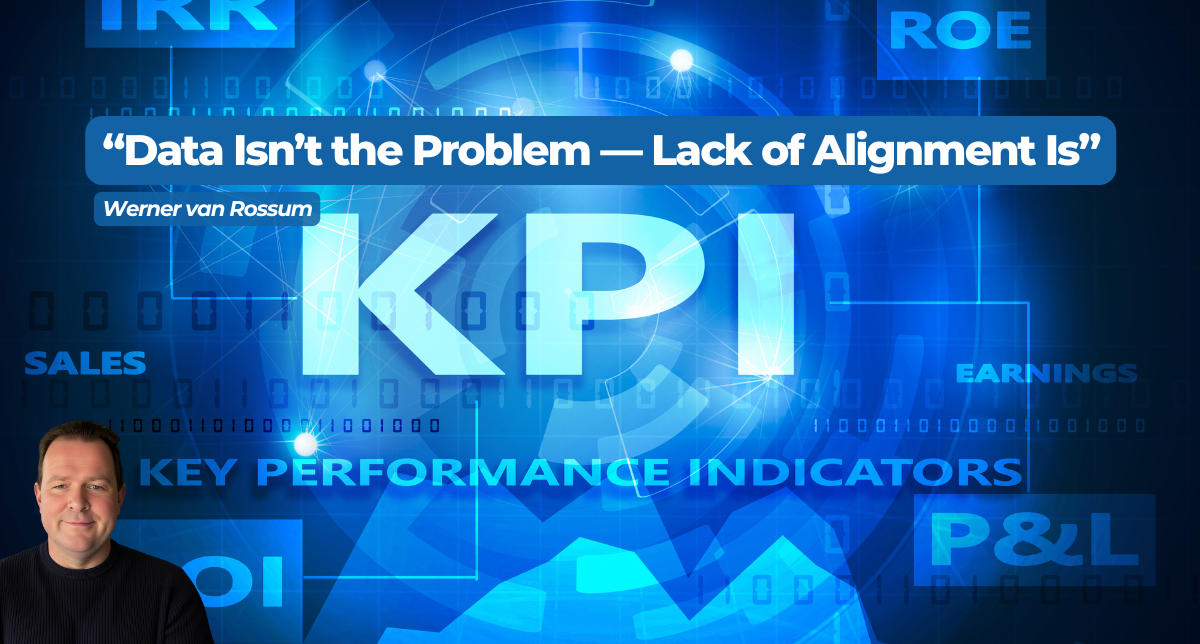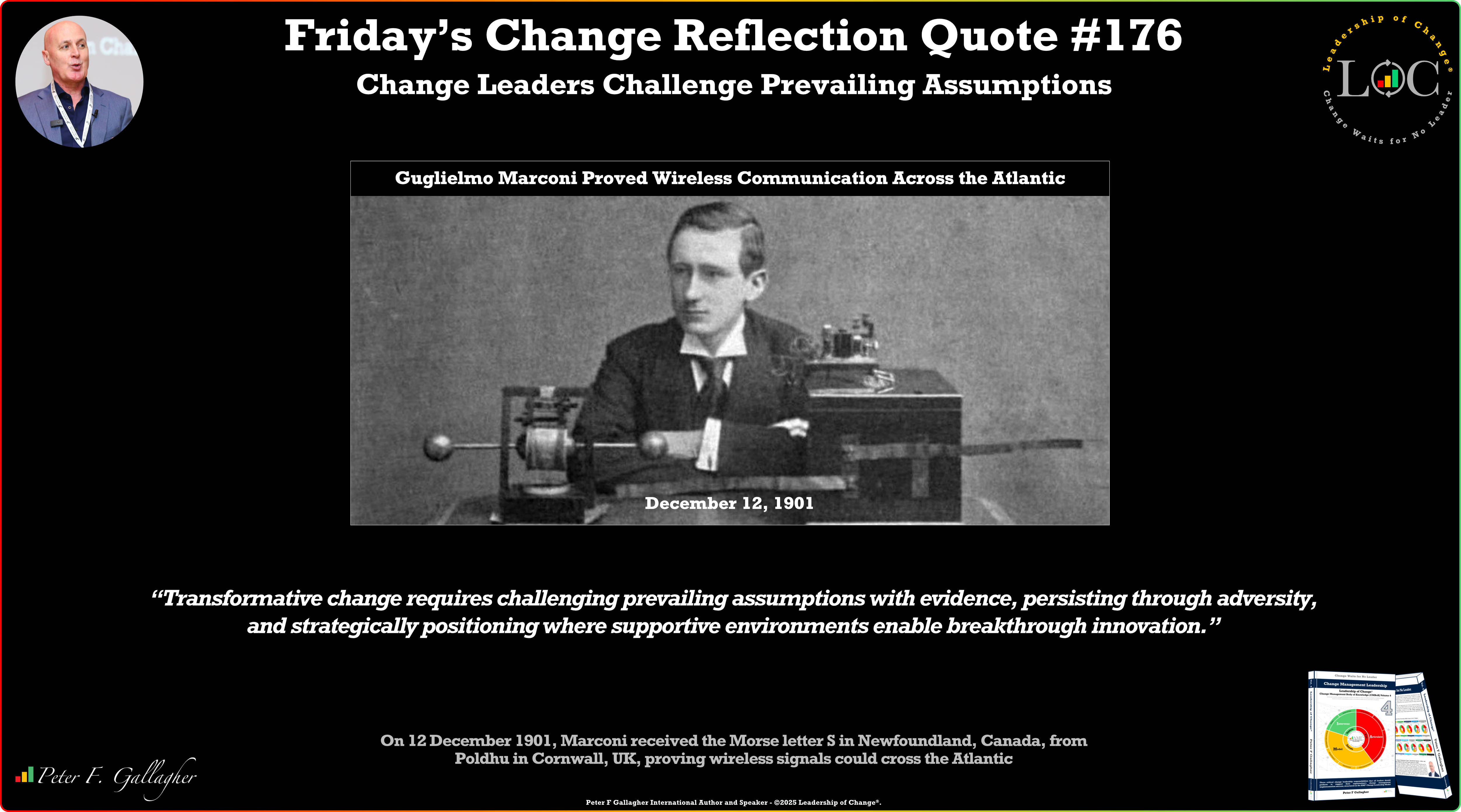Jun16

Abraham Lincoln
Happy Friday!
On this day, June 16th, 1858, newly nominated senatorial candidate Abraham Lincoln addressed the Illinois Republican Convention in Springfield and warned that the nation faced a crisis that could destroy the Union. Speaking to more than 1,000 delegates in an ominous tone, Lincoln paraphrased a passage from the New Testament: “A house divided against itself cannot stand.” Lincoln’s speech, now commonly known as the “House Divided” speech, highlighted the growing tensions between the Northern and Southern states over the issue of slavery. He argued that the nation could not continue to be half-slave and half-free, suggesting that the United States would ultimately become either entirely slave or entirely free. This speech is considered to be one of Lincoln’s most significant and prophetic addresses. It helped solidify his reputation as a prominent figure in the Republican Party and set the stage for his subsequent presidential campaign. In 1860, just two years after delivering the “House Divided” speech, Lincoln was elected as the 16th President of the United States.
Abraham Lincoln famously told us, “Human nature will not change.” This quote has been referenced in various settings, including speeches, articles, and historical accounts. The quote serves to remind us that, despite advancements in technology and changes in societal norms, human behaviour and motivations have remain largely consistent throughout history. Overcoming our negative tendencies, such as hate, prejudice, and selfishness, is the key to creating a better world. The challenge lies in recognising our flaws, acknowledging them, and working to overcome them in pursuit of a brighter future in our personal, social, and work lives. Human Nature’s Change Challenge.
“If it is difficult to change the behaviour of people so they are healthier and live longer, how difficult will it be to change employee workplace behaviour”
Human behaviour is the most underrated element in workplace, social, and environmental change. Behaviour change is sometimes required for an organisation to successfully deliver change or transformation to achieve sustainable change and benefit realisation. To change behaviours, the organisation must support employees through the change transition by implementing five key change behaviour life cycle steps: Recognise, Redesign, Resolve, Replicate and Reinforce using the a2B5R® Employee Behaviour Change Model.
Have a fantastic weekend with the ones you love and care for, enjoy some fresh air, exercise, eat, drink and be happy.
Further Reading:Change Management Behaviour - Leadership of Change Volume 6
Peter consults, speaks, and writes on the Leadership of Change®. He advises CEOs on how to prepare and align their corporate leadership teams to successfully lead their organisation's change.
For further reading please visit our websites: https://www.a2b.consulting https://www.peterfgallagher.com Amazon.com: Peter F Gallagher: Books, Biography, Blog, Audiobooks, Kindle
Leadership of Change® Body of Knowledge Volumes: Change Management Body of Knowledge (CMBoK) Books: Volumes 1, 2, 3, 4, 5, 6, 7, A, B, & C available on both Amazon and Google Play:
~ Leadership of Change® Volume 1 - Change Management Fables
~ Leadership of Change® Volume 2 - Change Management Pocket Guide
~ Leadership of Change® Volume 3 - Change Management Handbook
~ Leadership of Change® Volume 4 - Change Management Leadership
~ Leadership of Change® Volume 5 - Change Management Adoption
~ Leadership of Change® Volume 6 - Change Management Behaviour
~ Leadership of Change® Volume 7 - Change Management Sponsorship
~ Leadership of Change® Volume A - Change Management Gamification - Leadership
~ Leadership of Change® Volume B - Change Management Gamification - Adoption
Coming soon:
~ Leadership of Change® Volume C - Change Management Gamification - Behaviour
~ Leadership of Change® Volume D - Change Management Gamification - Sponsorship
~ Leadership of Change® Volume E - Change Management Gamification - Leadership Teams
Keywords: Leadership, Change Management, Business Strategy
 Data Isn’t the Problem. Alignment Is.
Data Isn’t the Problem. Alignment Is. Friday’s Change Reflection Quote - Leadership of Change - Change Leaders Challenge Prevailing Assumptions
Friday’s Change Reflection Quote - Leadership of Change - Change Leaders Challenge Prevailing Assumptions The Corix Partners Friday Reading List - December 12, 2025
The Corix Partners Friday Reading List - December 12, 2025 Measuring the True ROI of Automated Claims Processes: Beyond Speed and Cost
Measuring the True ROI of Automated Claims Processes: Beyond Speed and Cost The New Silicon Frontier: Specialization and the Diverse Landscape of AI Chips
The New Silicon Frontier: Specialization and the Diverse Landscape of AI Chips